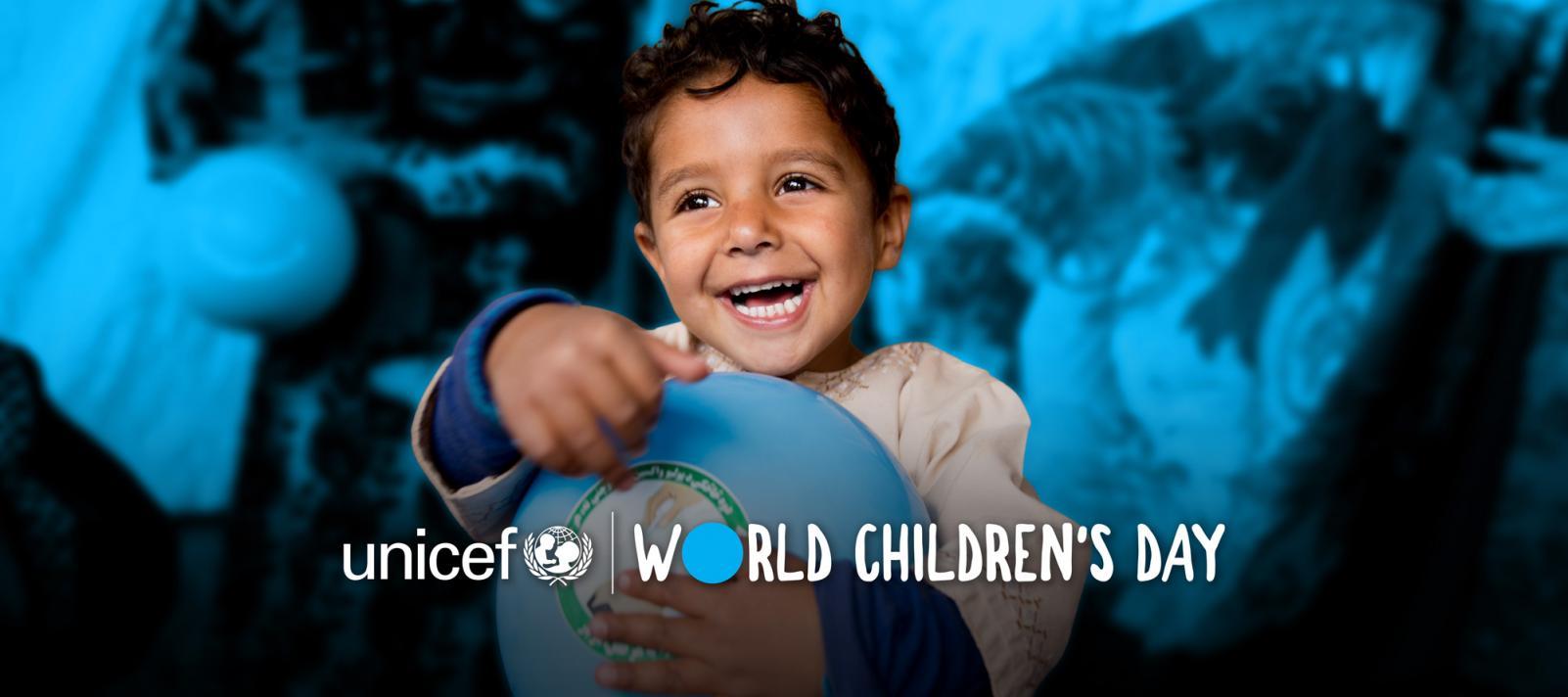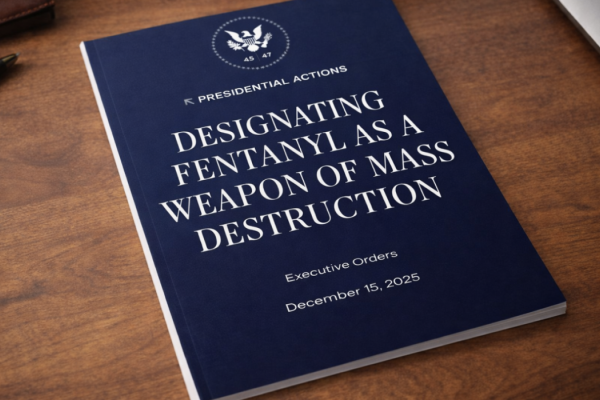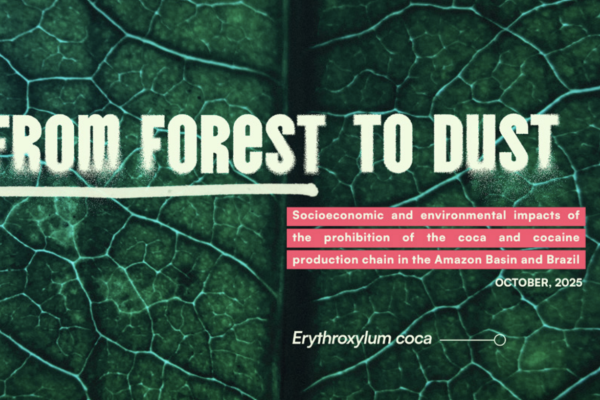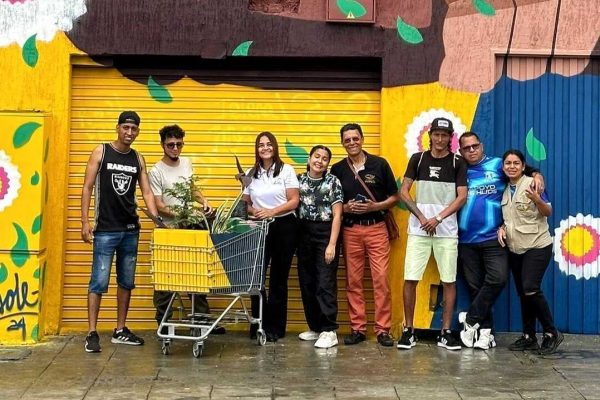20th November 2019
The Convention on the Rights of the Child was ratified faster than any other United Nations treaty in history. To date, the USA is the only United Nations member State not party to the treaty. This week, the Convention is celebrating its 30th anniversary.
Universal — but different
Human rights are universal. Many rights contained in the Convention on the Rights of the Child (CRC) had already been expressed in United Nations treaty law: for instance freedom of thought, conscience and religion; freedom of expression; and the right to be free from torture. However, the CRC expresses these rights specifically in relation to children. It reflects the fact that simply saying ‘human rights are universal’ does not will away the historic disadvantage faced by particular groups. The CRC reaffirms the rights of the child and interprets universal human rights standards in a way that best protects children.
The CRC is perhaps most famous for its enshrining in Article 3 that ‘In all actions concerning children...the best interests of the child shall be a primary consideration’. This principle provides a vital tool for protecting the rights of the child. It is referred to not only by the UN treaty bodies (which oversee the implementation of its treaties), but adopted in domestic standards and interpreted by domestic courts — including in the United Kingdom.
Drug policy and human rights
The United Nations drug control conventions are well known. However, drug policy is also a human rights issue through, for example, the rights to privacy, health, and life. One might expect drugs to additionally feature in human rights standards. But, in fact, the CRC is the only core UN human rights treaty which explicitly references drugs at all. This makes the CRC particularly interesting from a drug policy perspective.
States Parties shall take all appropriate measures, including legislative, administrative, social and educational measures, to protect children from the illicit use of narcotic drugs and psychotropic substances as defined in the relevant international treaties, and to prevent the use of children in the illicit production and trafficking of such substances. Article 33 of the Convention on the Rights of the Child (emphasis added)
So, why now? Apparently, ‘Article 33 was ultimately adopted with very little discussion or debate, compared with many other articles in the treaty’. In principle, it says nothing controversial: protecting children from harms involved in the use, production and trafficking of drugs is a common position amongst those who defend the war on drugs and those who seek to end it. Everyone wants to protect children. The point of disagreement is where these harms come from, and how best to counter them.
Presumably, the inclusion of Article 33 was to reflect the fact that children suffer particular harms in the illegal drug trade, and are particularly vulnerable to the harmful effects of drugs. Children have historically suffered at the hands of organised crime gangs and traffickers. According to the UK’s National Referral Mechanism (NRM), roughly 200 Vietnamese children were referred as potential victims of trafficking by means of labour exploitation last year — often locked up in houses alone, tortured, and forced to cultivate cannabis.
The UK also faces the growing challenge of ‘county lines’, with an estimated 4,000 children in London alone being exploited by criminal networks each year, coerced into delivering drugs to suburban and rural areas of the country. Organised criminal gangs groom and exploit young and vulnerable people because they are harder for police to detect and arrest, easier to control, and are readily replaced. In the first half of 2019 alone, 850 British children were referred as potential victims of trafficking by means of labour exploitation. That is up from just 35 such referrals throughout the whole of 2016.

Regulating drugs to protect children’s rights
Article 33 obliges states to take measures to protect children from involvement in the trafficking and production of drugs. In our recent briefing, we highlight that county lines networks are partly a response to effective police activity disrupting conventional drug supply routes. It is a phenomenon fuelled by enforcement of drug prohibition. Similarly, the trafficking of children from abroad to cultivate cannabis is made possible, and cost-effective, by lucrative unregulated markets enabled by prohibition.
Article 33 additionally seeks to address the use of drugs by children. However, this is also not effectively combatted under prohibition. Children are more likely to be targeted by suppliers operating outside the law (compare the relatively strict enforcement of underage alcohol sales in the UK to the targeting of children in illicit drug markets). Dealers do not ask for ID, and because our lack of regulation also means a lack of information, children are liable to be less aware of the risks associated with any drugs they are offered. 50 deaths of those under 20 were directly attributed to drug misuse in England and Wales in 2018, the highest amount in ten years.
A system of adult access regulation, while maintaining strict restrictions on access to children, would create opportunities to provide appropriate support and harm reduction services to those who do use drugs, without resorting to criminalisation. It would also directly combat the involvement of children to produce and distribute drugs in the illegal market. The question becomes: ‘Does the criminalization of the drugs market decrease or increase opportunities for the exploitation of children in the drugs trade? If the answer is that it increases such opportunities, Article 33 is being directly countered’.
Acting in the best interests of children, and seeking to protect them from the harms involved in drugs, cannot be done in an unregulated criminal market. Far from protecting children, prohibition has only given control to organised crime gangs who avoid detection and maximise profits by exploiting vulnerable children. States looking to ensure compliance with Article 33 of the CRC should judge their performance on the evidence: how many children have been forced to cultivate drugs, or trafficked to supply them? How many have died? Whether children’s rights are being protected can only be measured on the evidence, and the evidence is clear that we should change direction.
Harvey Slade, Research and Policy Officer 20th November 2019
References
- National Crime Agency (2019). National Referral Mechanism Statistics Quarter 1 2019 - January to March. https://nationalcrimeagency.gov.uk/who-we-are/publications/291-modern-slavery-and-human-trafficking-national-referral-mechanism-statistics-january-to-march-2019/file; Home Office (2019). National Referral Mechanism Statistics: Quarter 2 2019 - April to June. https://assets.publishing.service.gov.uk/government/uploads/system/uploads/attachment_data/file/827508/national-referral-mechanism-statistics-quarter-2-2019-april-to-june.pdf




